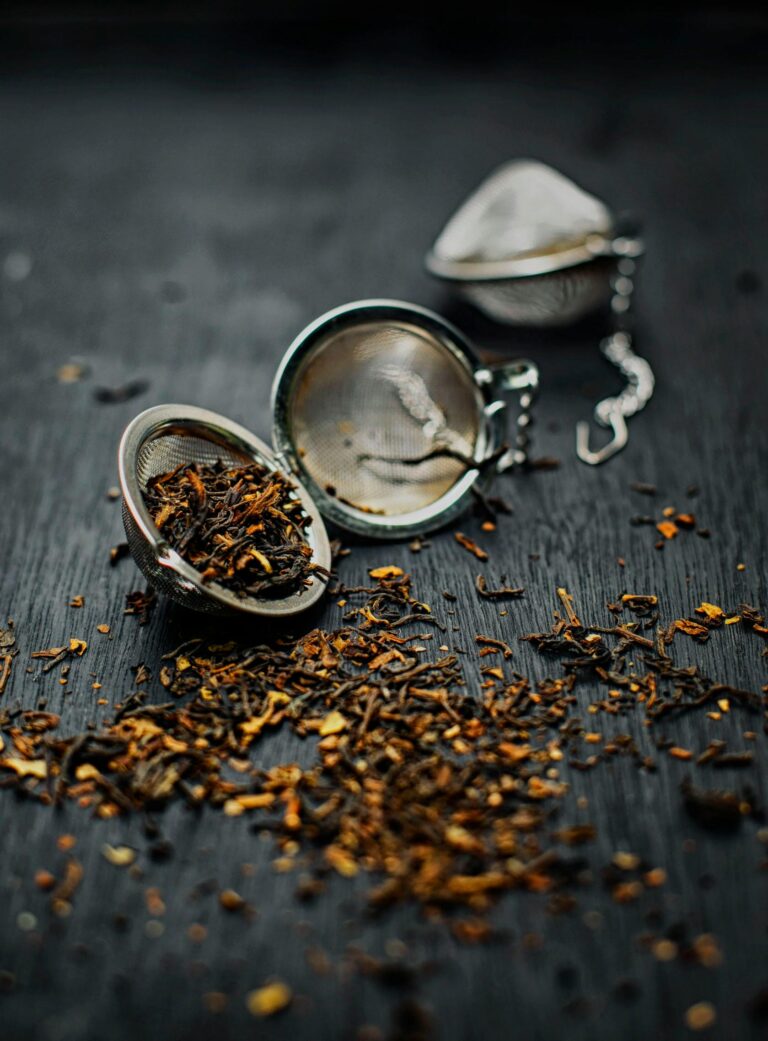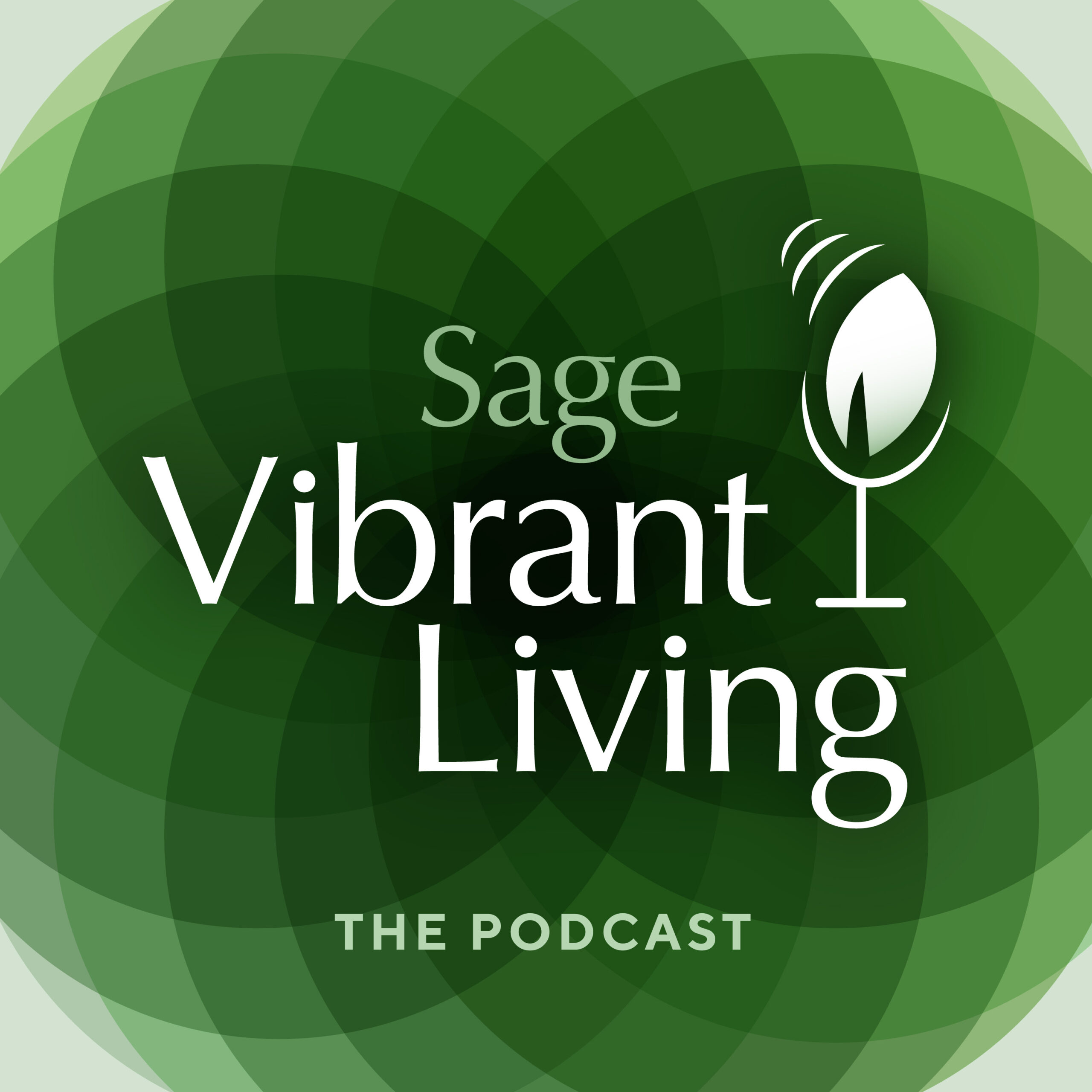Celebrating National Minority Mental Health Awareness Month
Every July, we observe National Minority Mental Health Awareness Month, a time dedicated to raising awareness about the unique mental health challenges faced by minority communities and promoting inclusive mental health care. At Sage Collective, we believe in fostering vibrant living through holistic wellness, which includes recognizing and addressing mental health disparities. This month is an opportunity to reflect on the importance of mental health, advocate for equitable care, and support the mental well-being of minority populations.
The Origins and Importance of National Minority Mental Health Awareness Month
National Minority Mental Health Awareness Month was established in 2008 by the U.S. House of Representatives to honor Bebe Moore Campbell, a renowned author and mental health advocate. Campbell was passionate about raising awareness of mental health issues in minority communities and worked tirelessly to destigmatize mental illness and promote access to care.
This month serves to highlight the mental health disparities that exist among racial and ethnic minority groups, who often face significant barriers to accessing mental health services. Factors such as socioeconomic status, cultural stigma, and lack of culturally competent care contribute to these disparities. By focusing on these issues, National Minority Mental Health Awareness Month aims to promote understanding, support, and action towards achieving mental health equity.
Understanding the Challenges
Minority communities experience unique stressors and challenges that can impact their mental health. Discrimination, historical trauma, economic disparities, and limited access to healthcare resources are some of the factors that contribute to higher rates of mental health issues in these populations. For instance:
African Americans often face significant stigma surrounding mental health, coupled with a lack of access to culturally competent care. Historical and systemic racism also contribute to increased stress and trauma.
Latinx/Hispanic communities may experience barriers such as language differences, immigration status concerns, and cultural stigma against seeking mental health care.
Asian Americans and Pacific Islanders often face the “model minority” stereotype, which can mask mental health issues and create additional pressure to conform to high expectations.
Native Americans frequently deal with historical trauma and high rates of substance abuse, suicide, and violence, which significantly impact their mental health.
Promoting Mental Health Equity
Addressing mental health disparities requires a multifaceted approach. Here are some ways we can promote mental health equity for minority communities:
Increase Awareness: Education is key to reducing stigma and increasing understanding of mental health issues. Community outreach programs, workshops, and public awareness campaigns can help inform minority populations about the importance of mental health and available resources.
Culturally Competent Care: Providing culturally competent mental health care is essential. This means having healthcare providers who understand and respect cultural differences and can communicate effectively with patients from diverse backgrounds.
Accessible Services: Improving access to mental health services is crucial. This includes offering services in multiple languages, providing telehealth options, and ensuring mental health care is affordable and accessible to all.
Community Support: Building strong community support systems can help individuals feel more comfortable seeking help. Peer support groups, community organizations, and faith-based groups can play a vital role in providing emotional support and reducing isolation.
Policy Advocacy: Advocating for policies that address mental health disparities and promote equity is vital. This includes pushing for increased funding for mental health services, better training for healthcare providers, and policies that address the social determinants of health.
Taking Action
As we observe National Minority Mental Health Awareness Month, it’s important to take action in support of mental health equity. Here are some steps you can take:
Educate Yourself: Learn more about the mental health challenges faced by minority communities and the resources available to support them.
Support Local Organizations: Donate to or volunteer with organizations that provide mental health services to minority populations.
Advocate for Change: Contact your local representatives and advocate for policies that promote mental health equity.
Promote Open Conversations: Encourage open and honest discussions about mental health within your community to reduce stigma and promote understanding.
At Sage Collective, we are committed to promoting vibrant living through holistic wellness and inclusive care. National Minority Mental Health Awareness Month is a vital reminder of the need to address mental health disparities and support the mental well-being of all individuals. By raising awareness, promoting culturally competent care, and advocating for equitable policies, we can help ensure that everyone has the opportunity to thrive. Join us this July in embracing wellness and advocating for mental health equity.
You can find more information and resources here.









